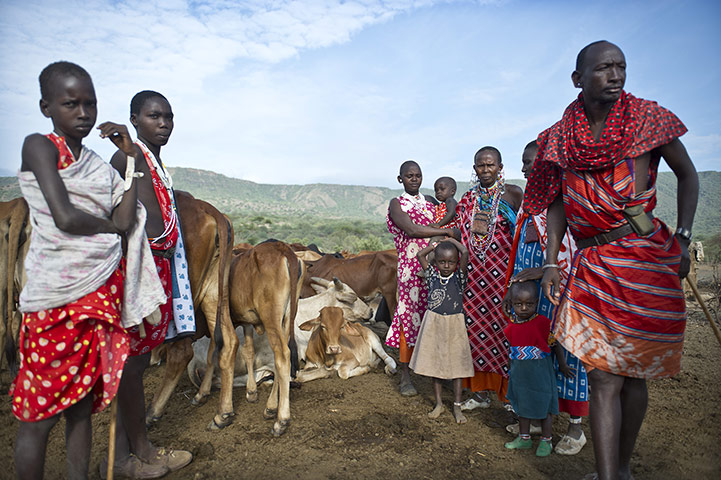The Muppets returns to the silver screen a decade later and does so in an eco-friendly way! Here's an article on this movie and how it strives to be green:
It’s lunchtime on the set of The Muppets, the high-profile Hollywood production that opens today, bringing the beloved characters back to the big screen for the first time since 1999, and co-writer and star Jason Segel is in the mood for mischief. Looking over the vast array of trash and recycling bins designed to accept various forms of waste, Segal turns to the 23-year-old woman standing guard over the receptacles and loudly asks, “Hey, Yazmin! What bucket does the vomit go in?”
Yazmin Watkins blushes and laughs along with the rest of the cast and crew. She’s good at taking a joke, which might as well be part of her job description. As the environmental steward for the film, she’s the person responsible for reducing the amount of waste produced on set and cutting down on the energy, water, and other natural resources that go into production -- not an easy task on a project with a reported $40 million budget that involves months of shooting and thousands of cast and crew members.
Her job starts several weeks before any filming begins, giving her time to hunt down and hire green vendors, such as waste haulers that are willing to transport compost and caterers who cook with organic ingredients. She meets with each department, such as wardrobe, construction, and locations, to discuss the most environmentally friendly choices for the film. On set, she refills reusable water bottles for the puppeteers -- a task that would usually fall to a low-level production assistant, but that Watkins gladly takes on so that no one will be tempted to drink from a plastic bottle and toss it in the trash.

Read more:
It’s lunchtime on the set of The Muppets, the high-profile Hollywood production that opens today, bringing the beloved characters back to the big screen for the first time since 1999, and co-writer and star Jason Segel is in the mood for mischief. Looking over the vast array of trash and recycling bins designed to accept various forms of waste, Segal turns to the 23-year-old woman standing guard over the receptacles and loudly asks, “Hey, Yazmin! What bucket does the vomit go in?”
Yazmin Watkins blushes and laughs along with the rest of the cast and crew. She’s good at taking a joke, which might as well be part of her job description. As the environmental steward for the film, she’s the person responsible for reducing the amount of waste produced on set and cutting down on the energy, water, and other natural resources that go into production -- not an easy task on a project with a reported $40 million budget that involves months of shooting and thousands of cast and crew members.
Her job starts several weeks before any filming begins, giving her time to hunt down and hire green vendors, such as waste haulers that are willing to transport compost and caterers who cook with organic ingredients. She meets with each department, such as wardrobe, construction, and locations, to discuss the most environmentally friendly choices for the film. On set, she refills reusable water bottles for the puppeteers -- a task that would usually fall to a low-level production assistant, but that Watkins gladly takes on so that no one will be tempted to drink from a plastic bottle and toss it in the trash.

Read more:












